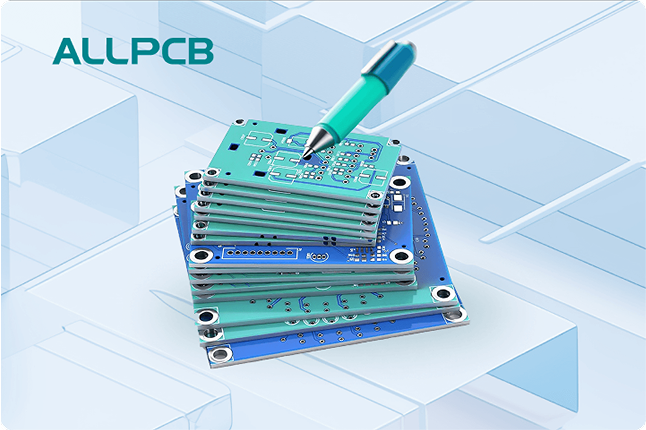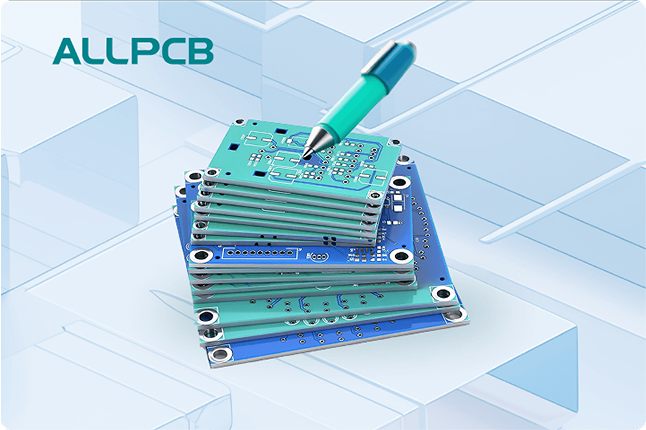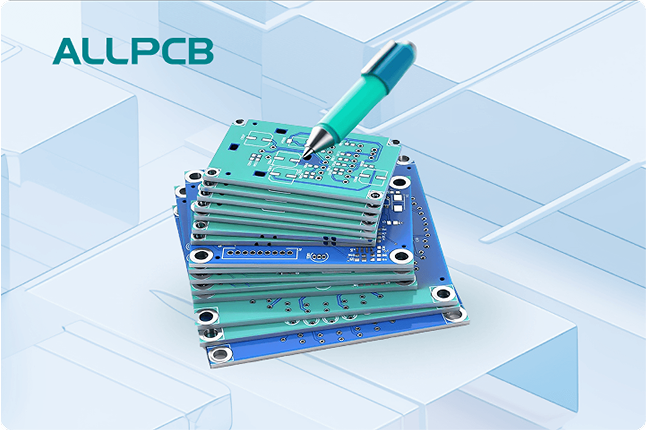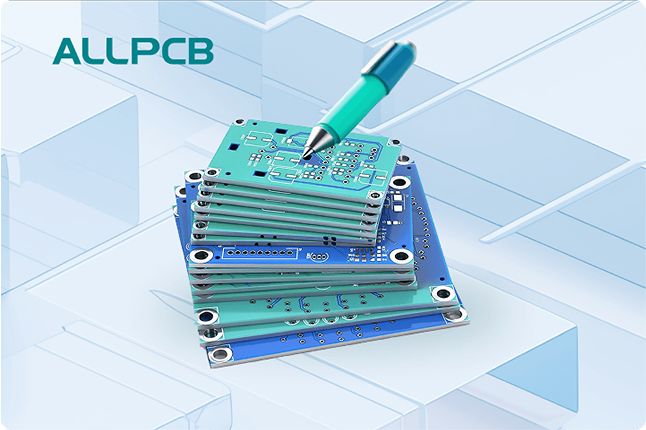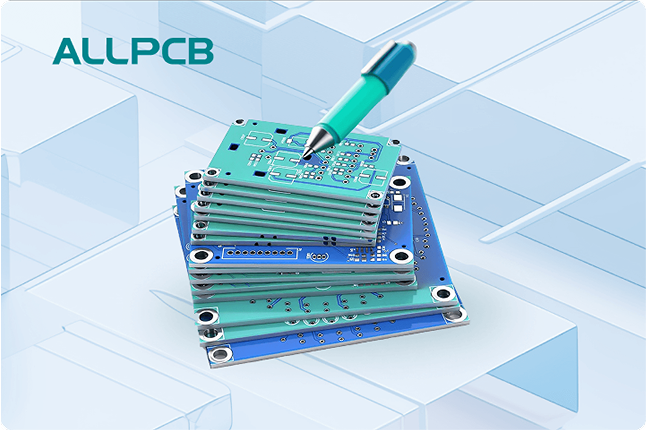Are you looking to manage heat in your electronic projects but unsure where to start? Thermal pads are an easy and effective solution for heat dissipation in devices like CPUs, GPUs, and other components. In this guide, we'll explain what a thermal pad is, how to apply a thermal pad, compare thermal pad vs thermal paste, discuss thermal pad thickness for beginners, and share tips for easy thermal management. Whether you're assembling a PC or working on a custom PCB design, this beginner-friendly guide will help you keep your components cool and running smoothly.
Let’s dive into the world of thermal pads and learn how to use them to protect your electronics from overheating with simple, actionable steps.
What Is a Thermal Pad? Understanding the Basics
A thermal pad is a soft, flexible material used to transfer heat away from electronic components to a heat sink or other cooling system. Made from materials like silicone or graphite, thermal pads are designed to fill tiny gaps between a hot component (like a processor) and a cooling surface. These gaps, if left unfilled, can trap air, which is a poor conductor of heat and can cause overheating.
Thermal pads are often pre-cut into specific sizes or come in sheets that you can trim to fit your needs. They typically range in thickness from 0.5mm to 5mm and have thermal conductivity ratings measured in watts per meter-kelvin (W/mK). For example, a common thermal pad might have a conductivity of 1.5 to 6 W/mK, which indicates how well it transfers heat. Higher numbers mean better heat dissipation.
Unlike other thermal interface materials, thermal pads are dry and non-messy, making them a popular choice for beginners who want a hassle-free solution for heat management in electronics.
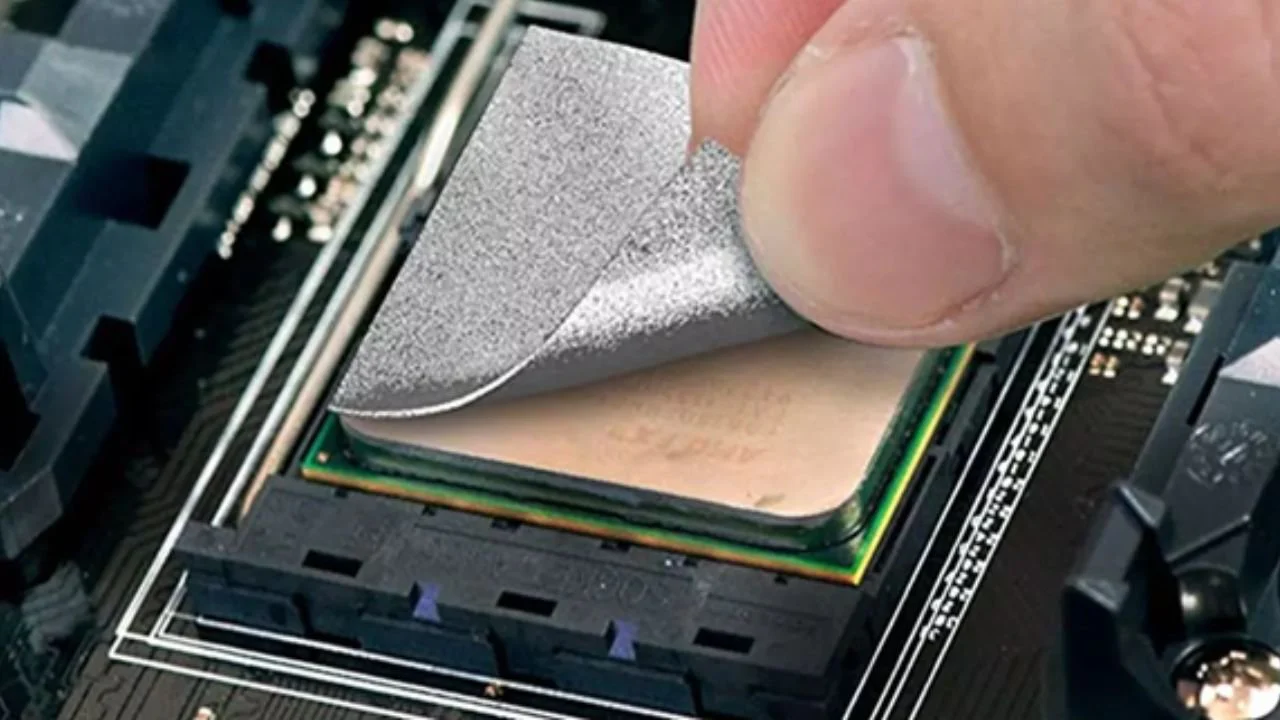
Why Use Thermal Pads for Heat Dissipation?
Heat is the enemy of electronic components. Excessive temperatures can reduce performance, shorten lifespan, and even cause permanent damage. For instance, a CPU running above 85°C for extended periods can throttle performance or fail entirely. Thermal pads help by providing a direct path for heat to move from the component to a cooling system, ensuring stable operation.
Thermal pads are especially useful in applications like:
- PC building for CPUs, GPUs, and VRAM.
- Laptops and gaming consoles for internal cooling.
- LED lighting systems where heat buildup is a concern.
- Custom PCB designs with heat-sensitive components.
They’re ideal for beginners because they’re easy to handle, reusable in some cases, and don’t require the precision or cleanup associated with other thermal solutions.
Thermal Pad vs Thermal Paste: Which Is Better for You?
One of the most common debates in thermal management is choosing between a thermal pad vs thermal paste. Both are thermal interface materials (TIMs) designed to improve heat transfer, but they have distinct differences. Let’s break it down to help you decide which is best for your project.
Thermal Pads: Pros and Cons
- Pros: Easy to apply, no mess, consistent thickness, durable, and reusable if handled carefully.
- Cons: Lower thermal conductivity (typically 1-6 W/mK) compared to paste, less effective for high-performance components with uneven surfaces.
Thermal Paste: Pros and Cons
- Pros: Higher thermal conductivity (often 4-12 W/mK or more), better at filling microscopic gaps on uneven surfaces, ideal for high-performance CPUs and GPUs.
- Cons: Messy to apply, requires careful spreading, can dry out over time, and needs periodic replacement.
Which Should You Choose?
For beginners or applications where ease of use is a priority, thermal pads are often the better choice. They’re perfect for components that don’t generate extreme heat or in situations where you want a clean, straightforward installation. However, if you’re working with a high-end processor that runs hot (like in gaming PCs), thermal paste might offer better performance due to its superior heat transfer capabilities.

Thermal Pad Thickness for Beginners: Finding the Right Fit
Choosing the correct thermal pad thickness for beginners can be confusing, but it’s crucial for effective heat dissipation. Thermal pads come in various thicknesses, typically ranging from 0.5mm to 5mm. The right thickness depends on the gap between your component and the heat sink.
How to Choose the Right Thickness
If the pad is too thin, it won’t make proper contact with both surfaces, leaving air gaps that reduce heat transfer. If it’s too thick, it can create excessive pressure or prevent proper mounting of the heat sink. As a general rule:
- 0.5mm to 1mm: Ideal for tight spaces or components with minimal gaps, like VRAM chips on graphics cards.
- 1.5mm to 2mm: Common for CPUs and GPUs where a moderate gap exists.
- 3mm to 5mm: Used in larger gaps, such as in industrial applications or older hardware designs.
Always check the specifications of your hardware or measure the gap using a small ruler or caliper. If you’re unsure, start with a 1.5mm pad, as it’s a versatile option for most consumer electronics.
Tip: Some thermal pads are compressible, meaning they can adapt slightly to the gap size when pressure is applied during installation. Look for pads with a “ Shore OO” hardness rating (e.g., 30-50) for flexibility.
How to Apply a Thermal Pad: Step-by-Step Guide
Learning how to apply a thermal pad is simple and doesn’t require advanced skills. Follow these steps for a successful installation:
- Clean the Surfaces: Use isopropyl alcohol (at least 70%) and a lint-free cloth to clean both the component (e.g., CPU) and the heat sink. Remove any dust, old thermal material, or residue to ensure maximum contact.
- Measure and Cut (If Needed): If the thermal pad isn’t pre-cut, measure the surface area of your component. Use scissors or a utility knife to cut the pad to the exact size. Leave a small margin if you’re unsure—overlapping edges can be trimmed later.
- Peel and Place: Most thermal pads have a protective film on one or both sides. Peel off one side and carefully place the pad onto the component, ensuring it’s centered and covers the entire heat-generating area.
- Remove the Second Film: Peel off the remaining protective layer (if present) to expose the top side of the pad.
- Mount the Heat Sink: Align the heat sink or cooling solution over the pad and secure it in place using screws or clips. Apply even pressure to ensure good contact without over-tightening, as this can damage the component or pad.
- Check for Gaps: After installation, inspect the edges to ensure the pad is making full contact. If you notice gaps, you may need a thicker pad or to reposition the heat sink.
Easy Thermal Management: Tips for Beginners
Achieving easy thermal management doesn’t have to be complicated. Here are some practical tips to ensure your components stay cool with minimal effort:
- Monitor Temperatures: Use software tools to check the temperature of your components after applying a thermal pad. For example, CPUs should ideally stay below 80°C under load. If temps are higher, consider upgrading your cooling solution or checking the pad’s installation.
- Combine Cooling Methods: Thermal pads work best when paired with good airflow. Ensure your device has adequate ventilation or fans to move hot air away from the heat sink.
- Replace When Needed: While thermal pads are durable, they can degrade over time due to heat and pressure. If you notice rising temperatures after a year or two, inspect the pad for cracks or loss of flexibility and replace it if necessary.
- Store Properly: If you have leftover thermal pads, store them in a cool, dry place away from direct sunlight to prevent them from hardening or losing adhesive properties.
- Start Small: If you’re new to thermal management, begin with low-risk projects like upgrading a laptop’s cooling before tackling complex builds. This builds confidence and helps you avoid costly mistakes.
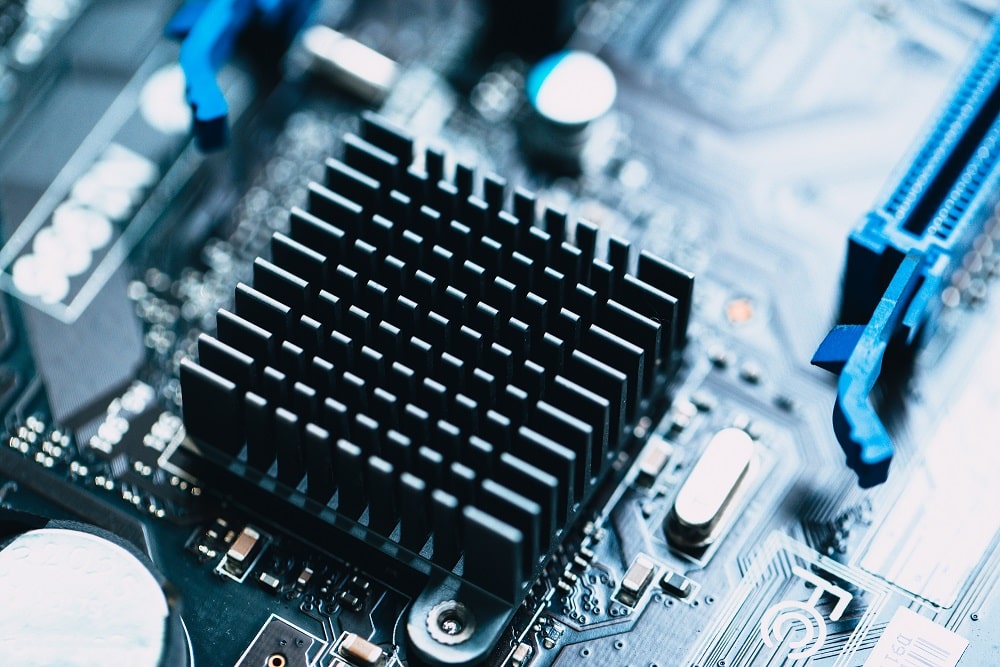
Common Mistakes to Avoid with Thermal Pads
Even with their simplicity, there are a few pitfalls beginners should watch out for when using thermal pads:
- Using the Wrong Thickness: As mentioned earlier, an incorrect thickness can lead to poor contact and inefficient heat transfer. Double-check the gap size before purchasing.
- Reusing Old Pads: While some pads can be reused, doing so repeatedly can reduce their effectiveness. If a pad looks worn or compressed, replace it with a new one.
- Ignoring Surface Cleanliness: Dust or residue on the component or heat sink can prevent the pad from adhering properly, creating air gaps that trap heat.
- Overlapping or Misaligning: Ensure the pad covers only the intended area. Overlapping onto other parts can interfere with mounting or cause uneven pressure.
Where to Use Thermal Pads in PCB Designs
For those working on custom PCB designs, thermal pads play a vital role in protecting heat-sensitive components. They can be applied to:
- Power Regulators: Voltage regulators often generate significant heat and benefit from thermal pads to transfer heat to a metal enclosure or heat sink.
- Microcontrollers: Small chips that run hot during operation can use thin thermal pads for cooling without adding bulk.
- LED Drivers: High-power LEDs produce heat that can degrade performance over time. Thermal pads help maintain efficiency by dissipating heat effectively.
When designing your PCB layout, consider placing thermal vias near hot components to enhance heat dissipation. Pairing these vias with a thermal pad can significantly improve cooling performance.
Conclusion: Mastering Heat Dissipation with Thermal Pads
Thermal pads are a beginner-friendly, effective solution for managing heat in electronic devices. By understanding what a thermal pad is, learning how to apply a thermal pad, comparing thermal pad vs thermal paste, choosing the right thermal pad thickness for beginners, and following tips for easy thermal management, you can keep your components cool and extend their lifespan.
Whether you’re building a PC, designing a custom PCB, or upgrading a laptop, thermal pads offer a simple way to tackle heat dissipation without the mess or complexity of other methods. Start small, follow the steps outlined in this guide, and monitor your temperatures to ensure optimal performance.
With the right approach, thermal management can be straightforward and stress-free. Equip yourself with the knowledge and tools to protect your electronics, and enjoy the benefits of a cooler, more reliable system.
 ALLPCB
ALLPCB


